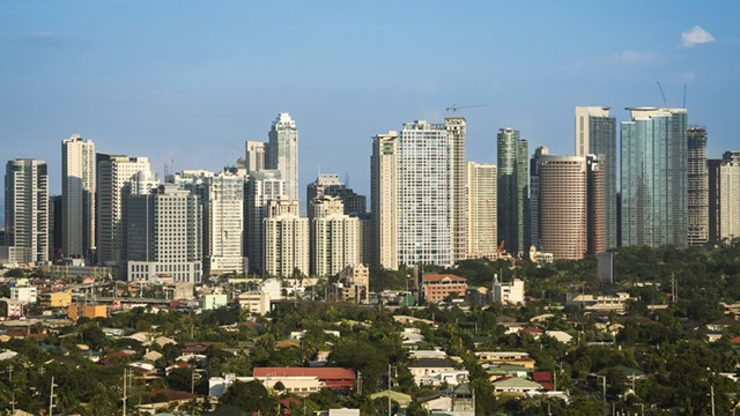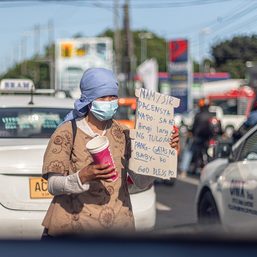SUMMARY
This is AI generated summarization, which may have errors. For context, always refer to the full article.

MANILA, Philippines – The unemployment rate in the Philippines improved to 4.4% in August from 4.8% in July, the Philippine Statistics Authority (PSA) said on Friday, October 6.
The August figure is also better than the 5.3%. unemployment rate in the same period in 2022.
This means that in August, there were 2.21 million unemployed Filipinos over the age of 15, less than the 2.27 million unemployed persons in July.
The latest August Labor Force Survey also showed that 5.63 million Filipinos consider themselves underemployed – meaning that they need more working hours – which is 1.47 million less underemployed Filipinos than in July. This places the August underemployment rate at 11.7%, much better than the 15.9% in the previous period.
A majority of employed Filipinos, or 57.3%, worked in the services sector, while the agriculture sector employed 24.5%. The industry sector also hired about 18.2% of employees.
Lower quality jobs
Although employment did increase in August, it’s possible that those joining the labor force may not be getting high quality jobs.
National Statistician Dennis Mapa noted that among employed Filipinos, the percentage of wage and salary workers remained roughly the same between August and July. Instead, the rise in employment seemed to be coming from self-employed and unpaid family workers.
“In terms of ‘yung addition doon sa August versus July 2023 na mga workers, unfortunately, doon sila galing sa self-employed and unpaid family workers – which, in our indirect indicators sa quality of jobs, ay mas mababa compared doon sa mga wage and salary [workers],” Mapa said during a press conference on Friday.
(In terms of additional workers in August versus July 2023, unfortunately, they are self-employed and unpaid family workers – which, in our indirect indicator of job quality, is lower than wage and salary workers.)
“While we have this increase of 3.44 million employed persons, unfortunately, hindi sila lahat nanggaling doon sa wage and salary [workers] kasi ‘yung wages and salary workers natin slight ‘yung galaw niya (they didn’t all come from wage and salary workers since there was only a slight movement in wage and salary workers),” he added.
In August, most employed Filipinos were classified as wage and salary workers (62.6%), followed by self-employed persons without any paid employee (27.3%), unpaid family workers (8.0%), and employers in a family-operated farm or business (2.1%).
The percentage of employees considered wage and salary workers is often used as a proxy metric by economic officials to measure the quality of jobs in the Philippines. If more employed Filipinos become wage or salary workers, then that can serve as an indirect indication that the quality of jobs in the country is improving.
Meanwhile, Mapa said that unpaid family workers commonly participate in “planting activities” in the agricultural sector. For unpaid family workers in the wholesale and retail trade subsector, they seemed to be contributing to activities related to the reopening of schools, particularly in food and clothing.
For self-employed workers, Mapa said they commonly worked in the agriculture and forestry subsector as well as in retail trade. Like in the case of unpaid family workers, this was brought about by increased planting activities and school-reopening activities.
“Siguro, nagkaroon ng opportunity for work kaya dumami itong ating self-employed worker category (Maybe they found an opportunity for work, which is why the self-employed worker category grew bigger),” Mapa said.
National Economic and Development Authority Secretary Arsenio Balisacan also acknowledged the difficulty in creating high-quality jobs in the Philippine economy.
“We haven’t created so many of those high-quality jobs. It will take time because as you know, we need nothing less than massive investment to create those high-quality jobs,” Balisacan told reporters in a press chat on Friday.
Balisacan admitted that the number of people who have low-quality jobs right now is “quite enormous,” and that it would take significantly more investment in infrastructure and changes in the high cost of doing business in the country to develop the labor force. – Rappler.com
Add a comment
How does this make you feel?
![[OPINION] Unpaid care work by women is a public concern](https://www.rappler.com/tachyon/2024/07/20240725-unpaid-care-work-public-concern.jpg?resize=257%2C257&crop_strategy=attention)




There are no comments yet. Add your comment to start the conversation.